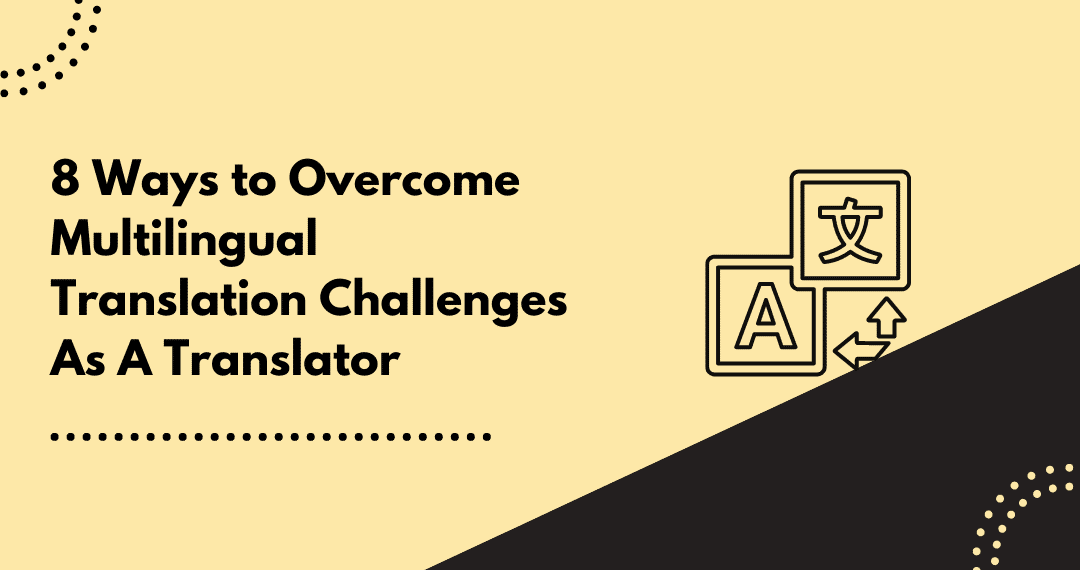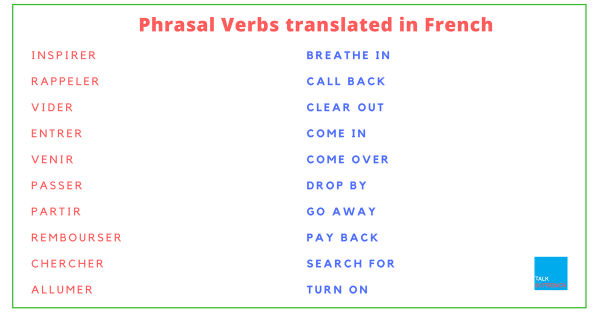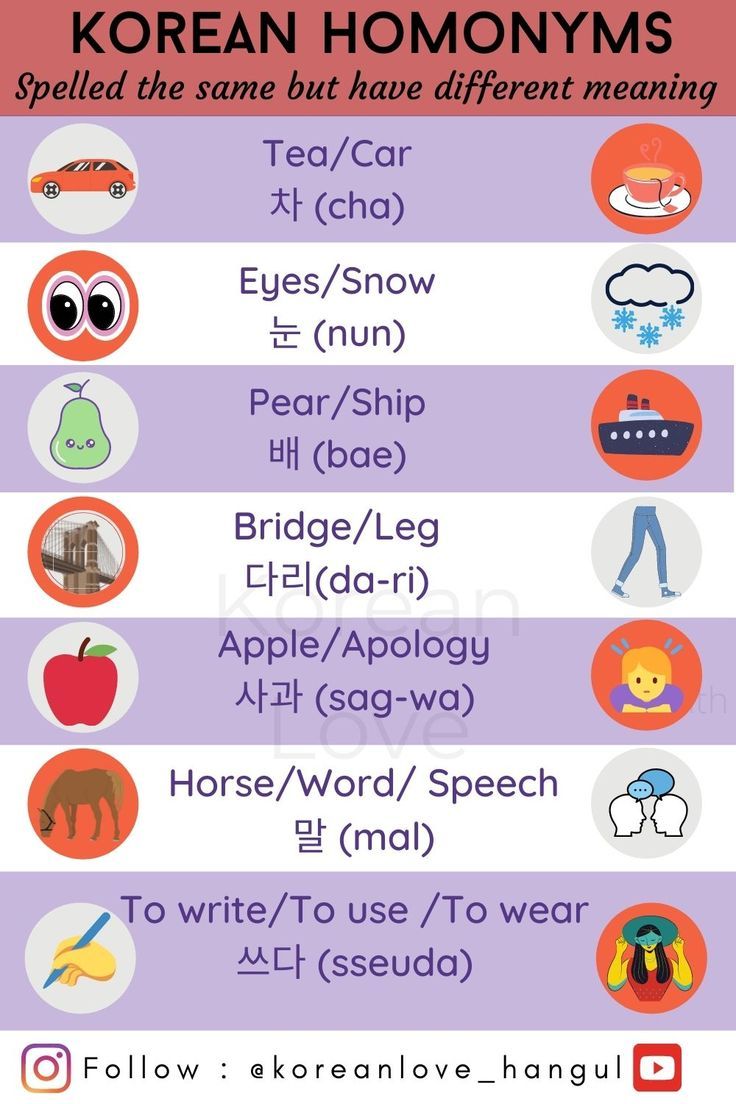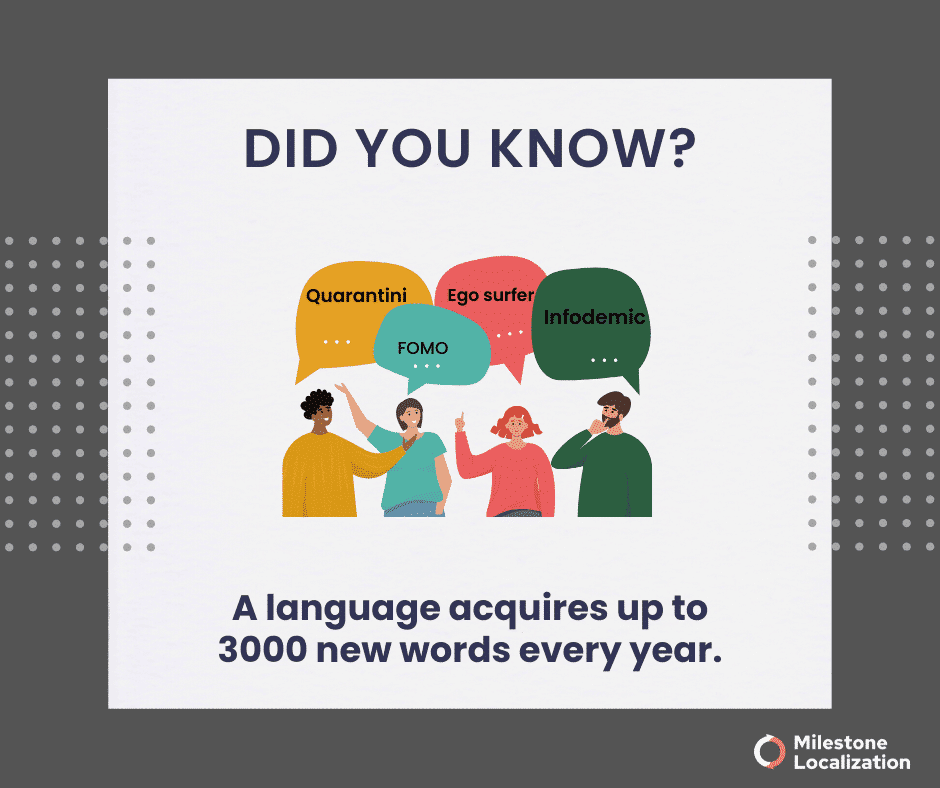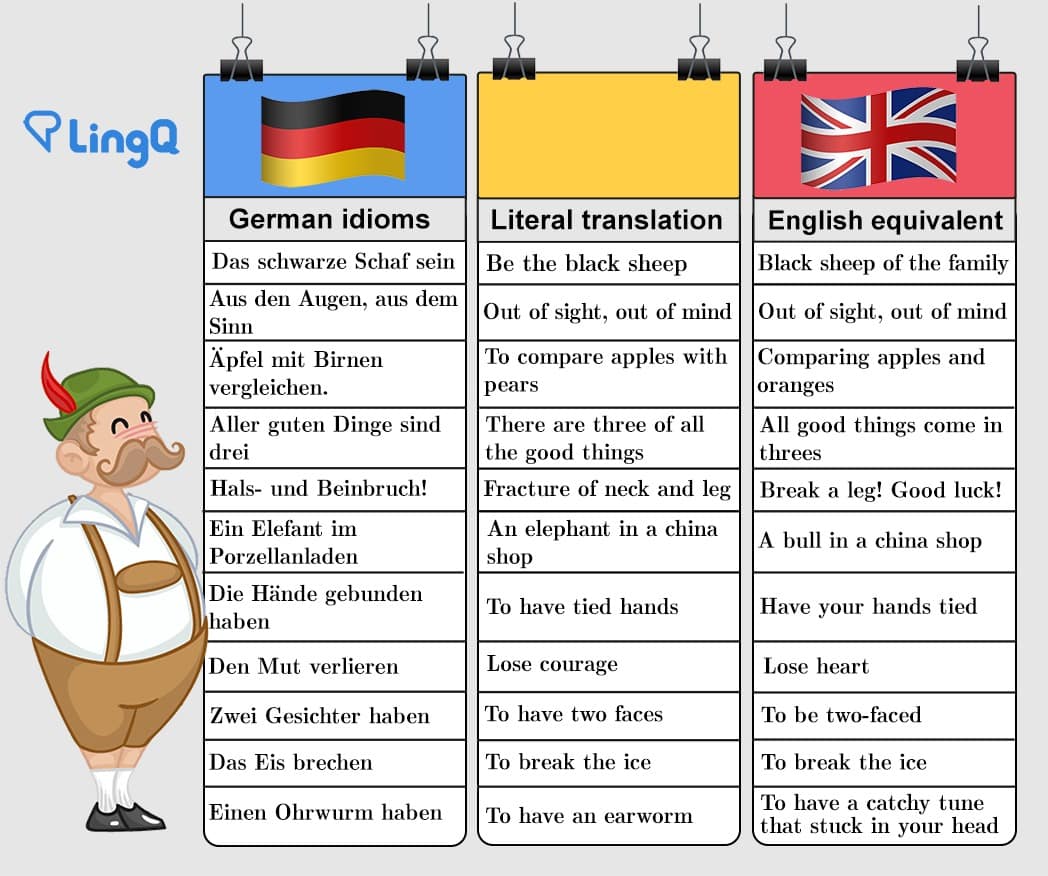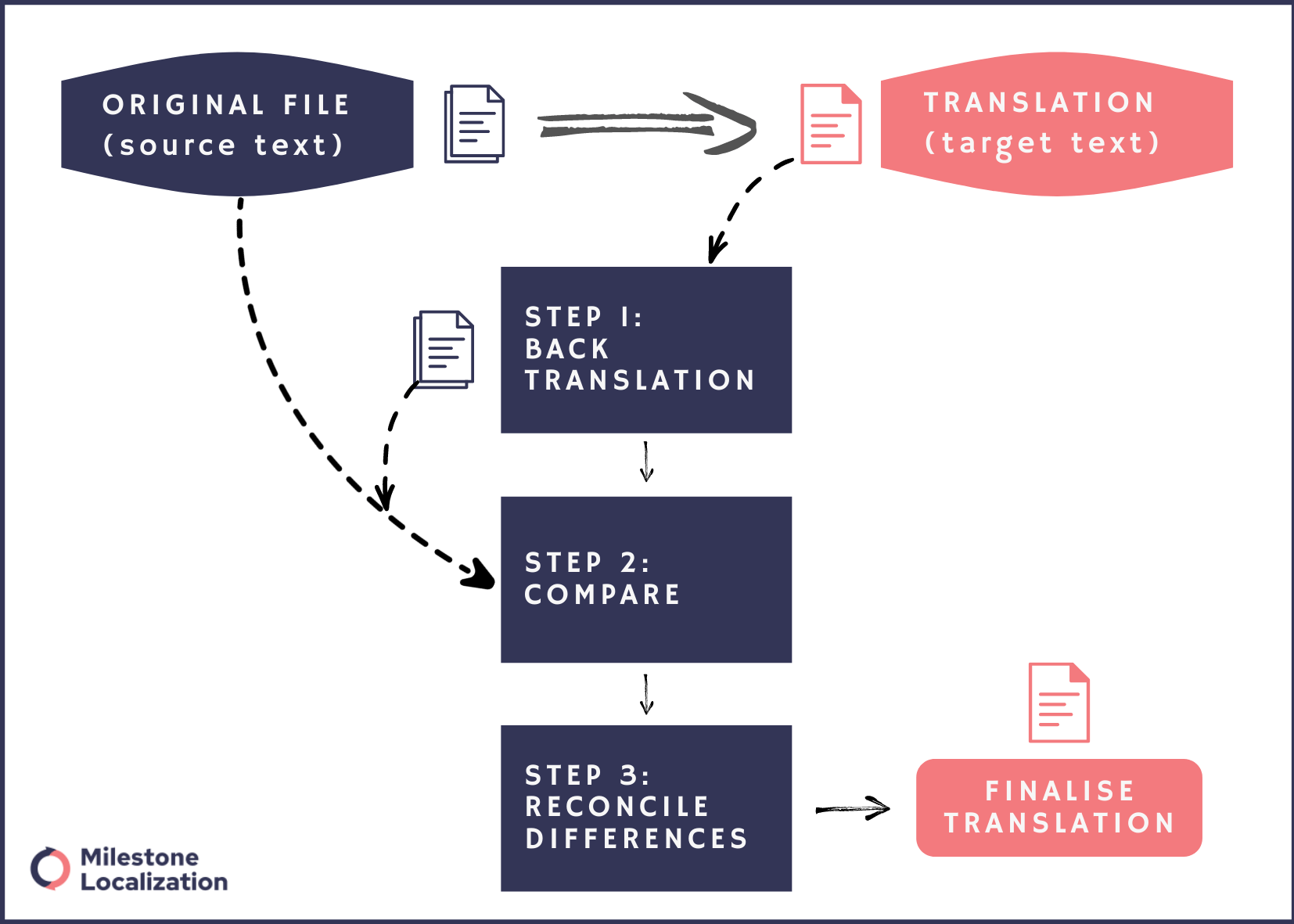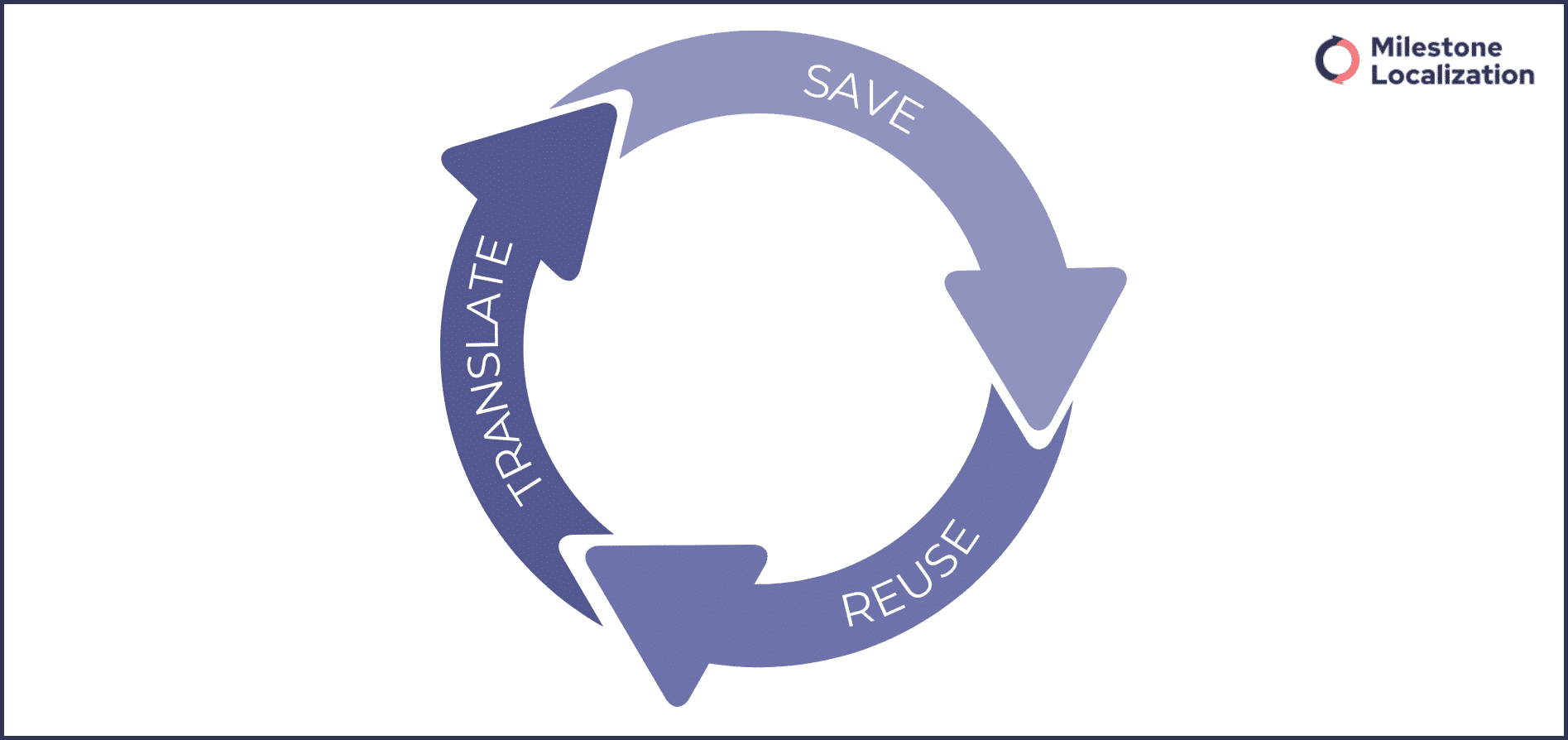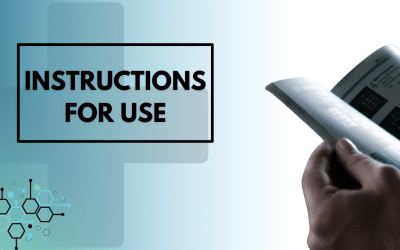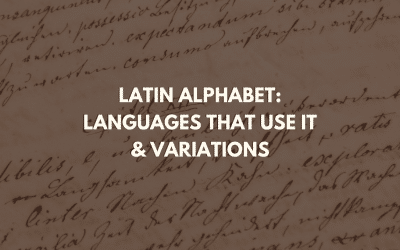Do you think knowing two languages is sufficient to be a translator?
Have you ever wondered if there are any translation challenges that translators face?
Translation involves more than just translating text from one language into another. The content must be translated in a manner that communicates the original idea and emotion to the audience, considering the cultural differences.
Language and cultural barriers are frequently the two main areas that cause translators the most trouble. Concepts of prime importance in one culture might be alien to another. In such cases, it is difficult for the translators to arrive at an accurate translation without losing its intended meaning.
Translating ideas that are specific to the source language is tricky for even experienced translators.
In this blog, you will learn about the translation challenges faced by translators and how translators can overcome these challenges.
What are the translation challenges faced by translators?
Here are 6 translation challenges that every translator faces.
Language Structure: Every language has a defined structure in which a sentence is formed. The English language follows the subject-verb-object order, whereas, the Arabic language follows the verb-subject-object order. In the same way, each language has a structure of its own.
A complete sentence in English has to have a verb whereas, in Arabic, a sentence can stand without a verb. This could cause problems during translation.
For example, the Arabic sentence الصبي يعزف على الجيتار translates to ‘boy playing guitar’ but, the actual translation must be ‘the boy is playing the guitar’.
So, it is important to add or remove the words and arrange them according to the defined structure of each language.
Also read: Which Arabic Dialect To Use & Arabic Voice-over Challenges
Translation of phrasal verbs: Phrasal words are a combination of words consisting of a verb plus a preposition, adverb, or both. When used together, they give a completely different meaning.
The phrases ‘back up’ and ‘back off’ have completely different meanings. The word followed by the verb changes the complete meaning of the phrase.
Back up – to provide support for something or someone
Back off – draw back from an action
Also read: Top 10 Subtitling Companies : How To Choose The Right One
Phrasal verbs are particularly common in English and often have a different meaning from the original verb. While translating to other languages, this can give rise to semantic errors.
Translation of Compound words: Compound words are two or more words joined to create a new word. The meaning of the compound word may not be the same as its components. Compound words are categorized into three forms – closed form, like bookworm; hyphenated, like over-the-counter, or open form like ice cream.
Compound words can either mean exactly as their components or can be entirely different.
For instance, the Finnish word for “world” is “maalima” made up of two words: “maa” which means land and “lima” which means air.
In such cases, translators need to be aware of the actual meaning of the word and not translate the components of the word separately.
Translating homonyms: When one single word has multiple meanings, it is a homonym. If the translator does not understand the context, the translation is prone to errors and may convey an entirely different meaning.
In Korean, 차 (Cha) can either mean car or tea.
Also read: Must Know Things About Korean Business Etiquette & Culture
The English word ‘project’ has different meanings as a verb and a noun. As a verb, it could mean to forecast or to present. As a noun, the word ‘project’ means a piece of work or an assignment.
Translating neologisms, idioms, and expressions: Neologisms are words, either already in use or freshly created, that convey a novel concept or idea. They are of different types and are difficult to translate unless translators are well aware of them.
As for idioms and expressions, they are a major challenge for translators. They cannot be translated from word to word because it is difficult to convey the intention of an idiom or an expression.
For example, a Spanish Idiom – ‘Mucho ruido y pocas nueces’ translates to ‘A lot of noise and no walnuts.’ However, the actual meaning of the idiom is – All talk and no action.
In French, the Idiom – ‘Donner sa langue au chat’ translates to ‘give one’s tongue to the cat.’ However, it actually means – To not being able to guess.
Similarly, it might be tricky for translators to translate humor and sarcasm without offending the target audience.
Also read: What Are Neologisms & How To Translate Them
Untranslatable words: There are a few words in each language for which there is no equivalent in the target language that also expresses the same meaning.
In Japanese, there is a word called “Komorebi” which means ‘scattered sunlight that filters through the leaves on the trees.’
“S’encoubler” a word in Swiss French, describes the specific act of falling down because of being tangled with a wire or a cable.
When words or phrases are peculiar to the source language, it can frequently be challenging for translators to locate them in the target language. In certain circumstances, there may be a small amount of substance lost through translation.
How can translators overcome these translation challenges?
Although translation might be challenging, it can be made easier with the appropriate information, techniques, and tools. Here are a few approaches translators can use to overcome the translation challenges.
In-depth grammatical knowledge of both languages: When it comes to linguistic challenges such as language structure, having an in-depth grammatical knowledge of both languages often helps to understand and arrange the words accordingly.
This way, it helps the translator to get accurate translations by capturing the intended meaning.
Fluency in both languages also aids in a better comprehension of the context, leading to more accurate translations.
Understand the culture: Translators need to be well versed not just in linguistics but also learn about the cultures related to the languages. They need to be aware of the cultural concepts to identify them and translate the content accurately without losing the intended meaning.
Use different types of translation: It is possible to translate phrases and ideas that are specific to the source culture using transliteration or a literal translation accompanied by an explanation.
Another possible solution is loan translation. It can be defined as a word-to-word translation or directly translating the meaning of the words in the source language to the target language.
For instance, the loan translation for the French phrase “pomme d’Adam” is “Adam’s Apple”
However, some value may be lost in the translation process when using these strategies.
Find equivalent idioms: While translating Idioms, it is crucial to identify the idioms and understand them. Next, finding an equivalent idiom in the target language is the best possible solution. When such equivalent idioms are unavailable, it is best to convey the meaning of the idioms or expressions.
Similarly, when translating humor, it is best to capture the essence of the joke or rewrite the wordplay in the target language. Adaptive translations can be used to convey the message in a way that is more appropriate to the target audience.
Download Our Free Translation Style Guide Template
Create a style guide for your next Localization project with our easy-to-edit style guide template
Back Translations: Back translation is a process where the content is re-translated from the target language to its source language. It helps translators identify problems with meaning and semantic errors such as ambiguity and uncertainty.
It is a powerful tool for assessing the quality and accuracy of the translations. Back translations are highly beneficial when the content involves high risk and precision is a must such as medical or legal document translations.
Also read: Back Translation – What Is It and Why Is It Important?
Translation glossary and style guide: Although a translation glossary and the style guide are usually provided by the client or a Language Service Provider to the translator, it can be highly beneficial to the translators to create accurate translations and effectively communicate about the brand.
A translation style guide contains a detailed description of the writing style, tone, visuals, formats, and other information associated with the brand.
The translation glossary contains key- terms and their approved equivalents in all target languages, making it easy for the translator and ensuring consistency in terminologies across the project.
Also read: What is a translation style guide: Free Template + Examples
Translation Memory: Translation memory can be an incredibly time-saving tool for translators. It is a database that stores segments of words or sentences that have been translated previously.
Since Translation Memories stores correct translations, translators can maintain consistency from start to finish and need not bother repeating the translation for the same segments. This increases the efficiency and productivity of the translators and produces a quicker turnaround for projects.
Keep learning and be updated about the source language and culture: Lastly, to improve the quality of translations and overcome the linguistic and cultural challenges, delve deeper into studying and updating your knowledge about the source language and culture.
Better the knowledge about the source language, the easier it is to translate.
Also read: Translation Memory: A Powerful Tool for Localization
In Conclusion
For the translations to be accurate, a translator needs to be fluent in the language pair they are translating. The translator’s job is to deliver the content in a way that makes the target audience unaware that the content is translated.
Mastering a few languages and choosing a niche they are an expert in can be beneficial in overcoming the challenges faced during translation. Constantly updating their knowledge regarding languages and cultures will only improve the quality of translations.
At Milestone Localization, we work with experienced professional translators who are native bi-lingual speakers with subject matter expertise and an eye for detail. We use the latest technology to make the process easier and to ensure the translated content is of the highest quality.
If you are a freelance translator looking to work on interesting projects across domains and receive on-time payments along with other exciting perks, be a part of our linguists’ community. Register at our vendor portal here
We are Looking for You!
Are you a translator, proofreader, editor, transcriptionist, or voice artist? Be a part of our community of linguists and enjoy working from any time and anywhere, choose your rates and get paid on time.

